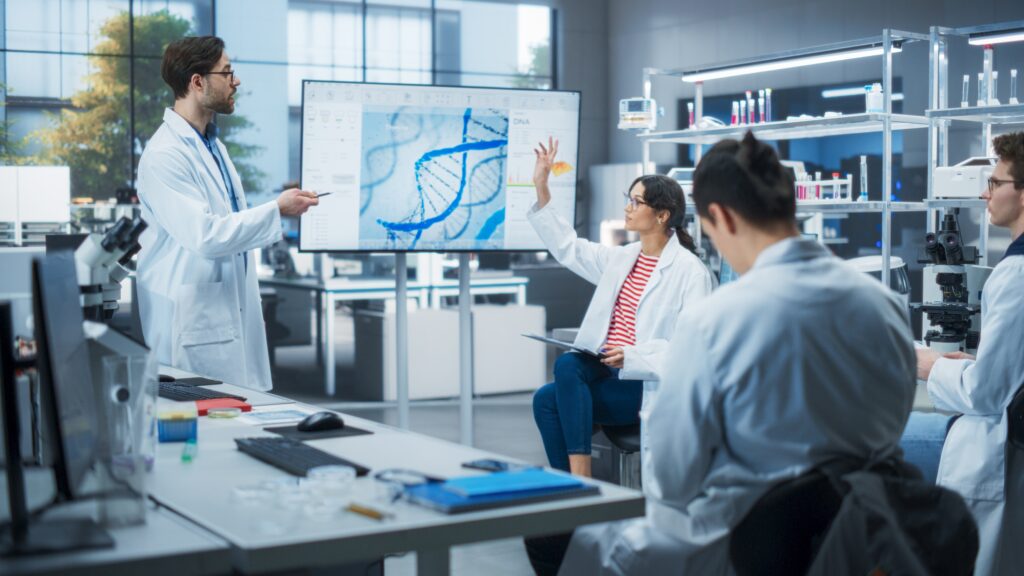Scientists have successfully grown embryo-like structures from human stem cells that produced blood cells — a major step forward for regenerative medicine and the future of lab-grown therapies.
The research, led by Dr Jitesh Neupane at the University of Cambridge’s Gurdon Institute, recreated early stages of human development without using eggs or sperm. “It was an exciting moment when the blood-red colour appeared in the dish – it was visible even to the naked eye,” said Neupane.
The model mimics the natural process of human embryogenesis, allowing researchers to study how blood and immune cells form and to model diseases such as leukaemia. Unlike other methods, it does not rely on added proteins, instead using self-organising stem cell structures to produce different cell types.
“This is a significant step towards regenerative therapies that use a patient’s own cells to repair damaged tissues,” said Prof Azim Surani, senior author of the study.
The model developed key structures found in early embryos, including beating heart cells by day eight and red patches of blood by day 13. Blood stem cells derived from the model were shown to generate both red and white blood cells.
While still in its early stages, the work could eventually lead to patient-specific blood production and improve treatments for blood disorders and immune diseases.

